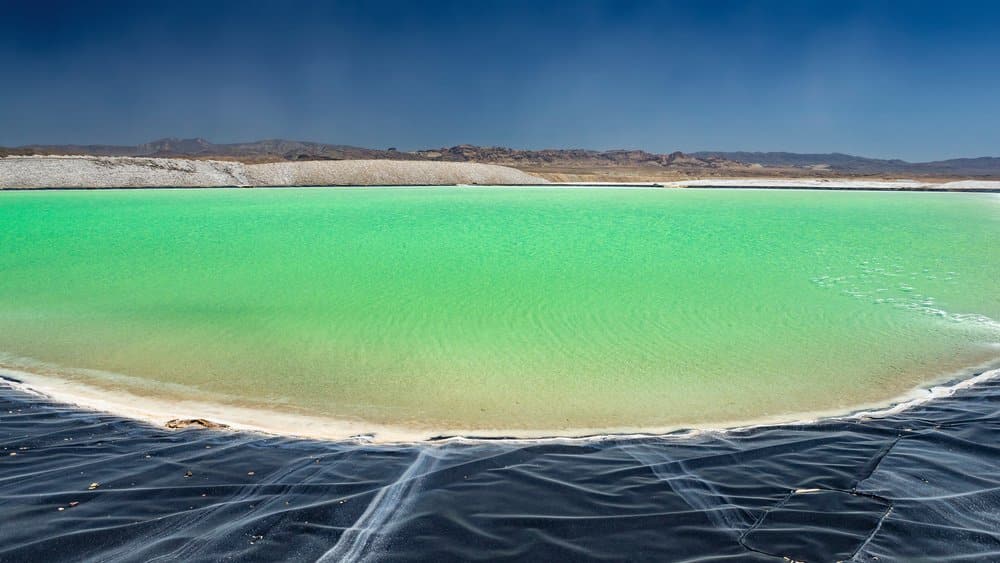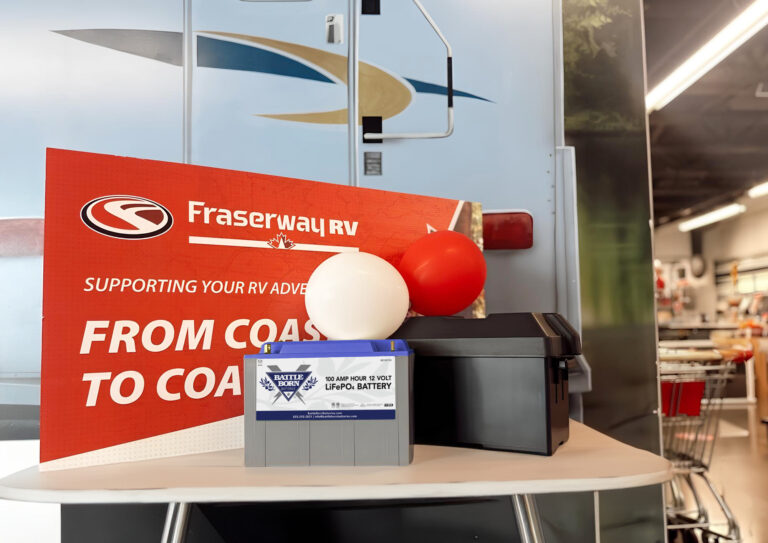The consequences of rampant fossil fuel consumption are felt everywhere. Whether it’s a cataclysmic natural disaster, congested city air, or a debilitating heat wave, the need to alter our trajectory has never been more apparent or urgent. Yet the solutions at hand have room for improvement. This contrast is especially evident in the lithium mining process—a prime example of the contradictory nature of progress.
In many ways, lithium is facilitating a revolutionary push toward green energy consumption. In fact, the growing viability of renewables and electric vehicles (EVs) is dependent on the high-capacity storage of lithium-ion batteries. But at the same time, the environmental costs of lithium mines are at odds with how they help develop renewable energy.
That said, advancements in battery technology are simultaneously mitigating the detrimental impacts of lithium mining.
We must weigh and balance the environmental consequences and the recent manufacturing advancements with the overwhelming benefits of lithium mining. But to do so, we must first understand the finer points of the mining process.
The Lithium Mining Process
Lithium is an essential component of modern battery technology, meaning it’s necessary for the production of most electronics. As a result, demand for the element has skyrocketed, necessitating widespread lithium mining process innovations.
Lithium is sourced from natural pegmatite deposits, salt flats, or clay deposits around the world. Traditionally, miners find and extract the ore, which then undergoes the lithium refining process. First, acid leaching roasts the crushed ore two times. Sulfuric acid is used in the second roasting process to replace the hydrogen with lithium ions.
Brine extraction is a newer lithium mining method. It starts by pumping naturally salty water to the surface and then funneling it through a chain of evaporation ponds over several months. This results in a brine enriched with a high concentration of lithium. Then, miners precipitate unwanted elements by adding hydrated lime. At this point, they send the substance to a recovery facility for extraction.
Implementing any of these common lithium mining procedures results in notable environmental impacts. Traditional mining relies on drilling, blasting, and crushing, while brine extraction requires energy for pumping and evaporation. With either option, the foremost concern is the high energy consumption necessary to complete the process. This is especially true when using non-renewables to power the mining process, as it mitigates the environmental benefits of lithium production.

Benefits of Lithium to Mankind
Despite the negative impacts of common mining processes, lithium itself is incredibly beneficial to mankind. For instance, lithium-ion batteries are essential for the expansion and widespread application of renewable energy sources. This is largely because of the battery technology’s superior energy storage abilities.
Many renewable sources like solar and wind power only generate energy intermittently because they’re dependent on ever-changing natural forces. To use these natural forces to supply a consistent stream of power, the storage infrastructure needs to be robust.
What’s more, green technology like electric vehicles and ubiquitous devices like mobile phones must pull from a large supply of stored power in a tightly condensed package to operate.
The lithium mining process has been the answer to the need for both renewable energy storage and higher-capacity mobile batteries that can replace fossil fuel–burning engines. This is because lithium-ion batteries offer the highest energy density of any rechargeable storage device on the market. Essentially, this enables technology like EVs by allowing a small mobile device to store a significant amount of electrical energy. Plus, lithium batteries are simultaneously lower maintenance and longer lasting than their alternatives.
All these benefits combined are what have allowed green technology to advance in recent years. They’re making the use of intermittent renewable energy sources practical in a variety of different applications and reducing the need for fossil fuel–burning power sources.
Environmental Drawbacks and Consequences
But as the need for lithium expands to meet modern demands, so do the environmental impacts of the mining process. Land clearance to extract the precious mineral ore is destroying natural habitats across the world. In addition, the brine extraction method requires extensive water use, which can deprive surrounding communities and habitats of the essential resource.
On top of these issues, the chemicals and metals resulting from the lithium mining process can run off into local water sources. These toxins can then poison local ecosystems and even cause significant health problems in the surrounding population.
Finally, the mining process is incredibly energy-intensive. When non-renewable power sources are used to fuel lithium mining, the carbon footprint of the operation can be significant.
Alleviating Negative Environmental Effects of the Lithium Mining Process
Clearly, the consequences of the lithium mining process are too severe to ignore. But the benefits of lithium are also too important to lose. So, that leaves one true solution: to find ways to mitigate the damaging impacts of the mining process.
Luckily, forward-thinking lithium mining operations are implementing some promising techniques to resolve the environmental impacts of the process. First, switching the energy sources that are required to power the mining operation to renewables greatly reduces the carbon footprint of an operation.
Similarly, more efficient resource management techniques are addressing unsustainable water consumption. For instance, water treatment and recycling in brine extraction operations can reduce consumption.
Of course, proper waste management is also a critical function for conscientious mines. Damage to surrounding bodies of water and natural ecosystems can be mitigated by preventing chemical or metal pollution.
Finally, the improvement of lithium battery technology reduces the need for new resource extraction because storage devices last longer. Recycling also allows manufacturers to further extend the lifecycle of already-extracted lithium resources.
Sourcing Lithium Through Sustainable Mining Practices
It’s clear that lithium is an essential component of modern green infrastructure. But it’s also apparent that the current state of many lithium mining operations is unsustainable. There’s really only one way to resolve this contradiction. We must prioritize sustainability in the lithium mining process.
Industry-leading lithium-ion battery manufacturers like Dragonfly Energy are already prioritizing sustainability in their process. For one thing, they’re developing more energy-efficient and longer-lasting lithium-ion products. Additionally, they are working with Nevada based Lithium Mines and Recycling facilities for their upcoming domestic cell manufacturing production.
Reach out to learn more about how Dragonfly Energy is building the path to a more sustainable future for lithium-ion energy storage.



